I took up the pen last fall out of frustration at seeing our efforts in Afghanistan result in continuous negative trend line. Although I have tried to point out some positives like night platoon ambushes or the admirable performance of other developmental programs run by countries such as Germany and Japan the overall trend of my posts has been negative. That trend mirrors the news as well as the current state of play in Afghanistan but it also ignores the many positives which have occurred over the years. I remain a critic of the velocity and the efficiency of our stability operations battle but the ring road is paved, more and more households have access to electricity, and millions of Afghans are leading vastly improved lives due to the efforts of the U.S. led coalition. The many varied organizations which are conducting reconstruction, redevelopment, and all the other various forms of aid in country (all would fall under the definition of Stability Operations in American military doctrine) are having a noticeable positive impact on the lives of a good portion of the Afghan people.
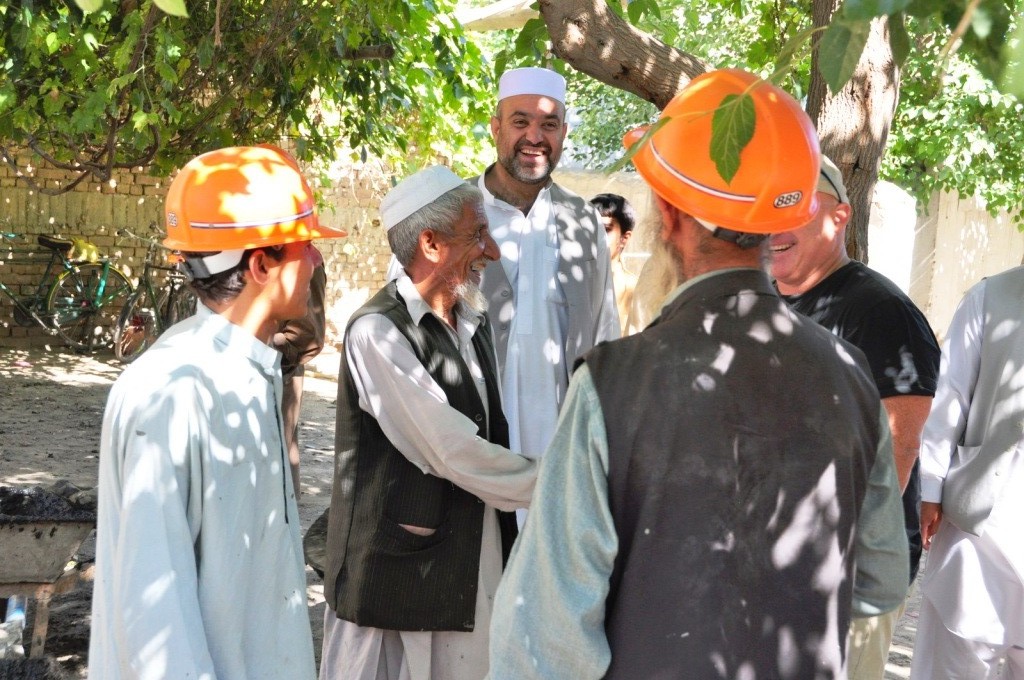
But changes at the margin at this late stage of the game are one step above worthless.I remain a proponent for radical change in how we approach stability operations and am now currently involved in what I see as a proof of concept demonstration of the way forward.I am now working for a small American company with a long history in Afghanistan.They were exporting dried fruit and pomegranate from here in 1997 and have remained a major player in the south since 2001.They were asked to provide cash for work projects in largest of the contested urban areas in Afghanistan a six month project designed to provide cash payments to the poorest of the poor while also providing a work force to those municipalities in support of large not to sexy projects like canal cleaning, refuse removal, andpublic health initiatives (like treating all shallow wells in the city during breakouts of water borne pathogenic disease.) The program is an 80/20 split 80% of the money goes to the payment of labor 20% to project materials the only money leaving the country under this program is the salaries of the project managers and Filipino finance managers.Every other cent is spent in Afghanistan with the exception of an administrative fee paid to my parent company.There are no security teams, no armored vehicles, no guarded compounds no nothing just a small life support payment for the 2 internationals to rent guesthouse rooms and pay for food.The project managers provide their own security and there is a Canadian, an Australian, a South African and myself working Kandahar, Lashka Ghar, Tiran Kot, Gardez and Jalalabad. All of us are old Afghan hands with at least three years of in-country experience.I have Jalalabad which is considered a safe city by outside the wire types and Gardez which is not a safe or easy place to work.Kandahar, Lash and TK are all considered to be extremely volatile and although there are plenty of internationals working in those cities none of them travel like we do, work like we do or interact with the citizens like we do.
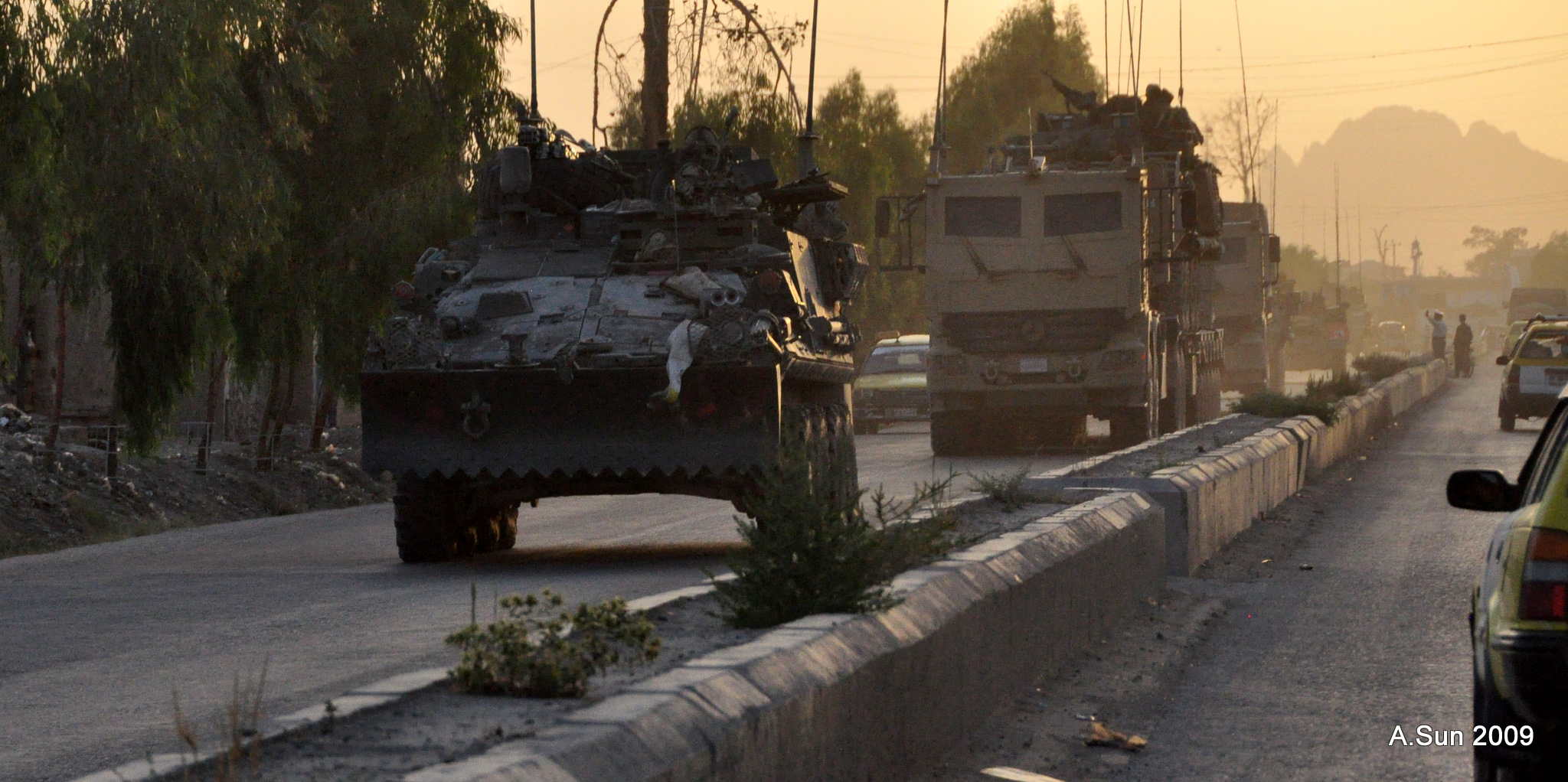
We are two months into our program and the results have been above expectations. We are conducting massive clean ups of critical canals, removing tons of toxic sludge from the main canals which provide all of the agricultural (and in some cases drinking) water to these urban zones which are areas of heavy cultivation. We are removing tons of refuse from the city streets and we have teams out daily conducting public health classes and monitoring the thousands of shallow wells which provide the drinking water for urban residents. There are hundreds of aid workers and probably thousands of military people who could do this job just as well and probably better than we are. But they do not enjoy the freedom of movement which is a fundamental requirement for effective aid delivery. They would operate just like we are if they could but they can’t due to current force protection rules which add billions of unnecessary costs to our aid packages.
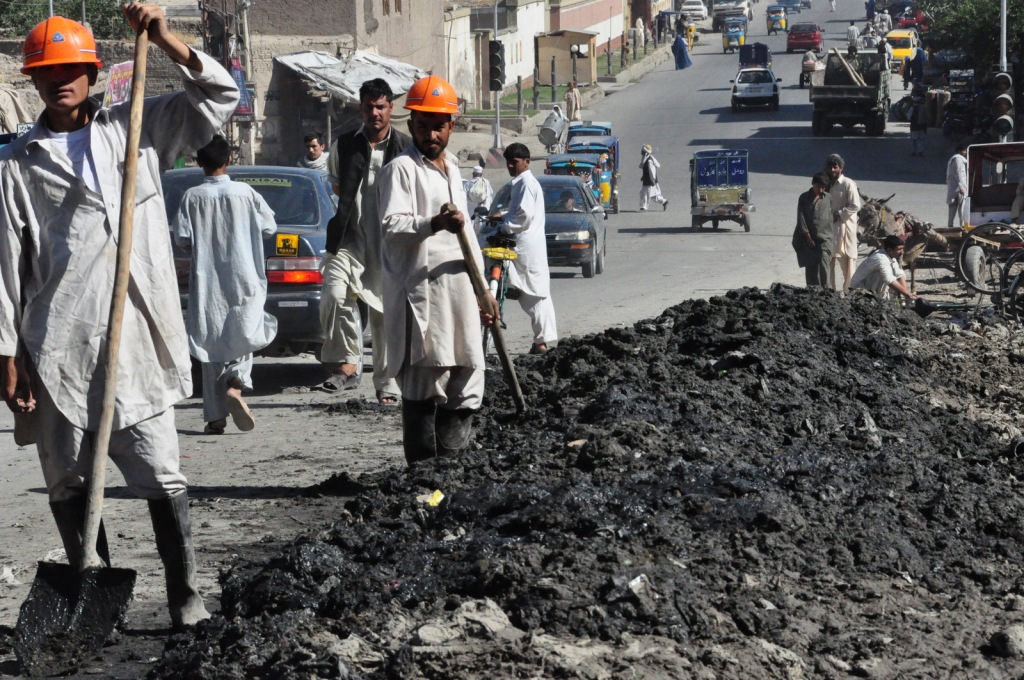
Make no mistake this is work at the margins in the overall scheme of things.Our total project expenditures are in the 20 million dollar range and that is not even real money to the giant firms which are normally the prime implementers on US AID or Department of State projects.There are many (myself included) who do believe the long established international methodology of providing aid to impoverished nations does more harm than good.This book on the topic was written by an African woman who directly benefited from Canadian aid programs and she is now a Canadian citizen.She believes that international aid has destroyed many countries in Africa and has visited great harm upon those who were supposed to be helped.I believe her argument to be self evident.
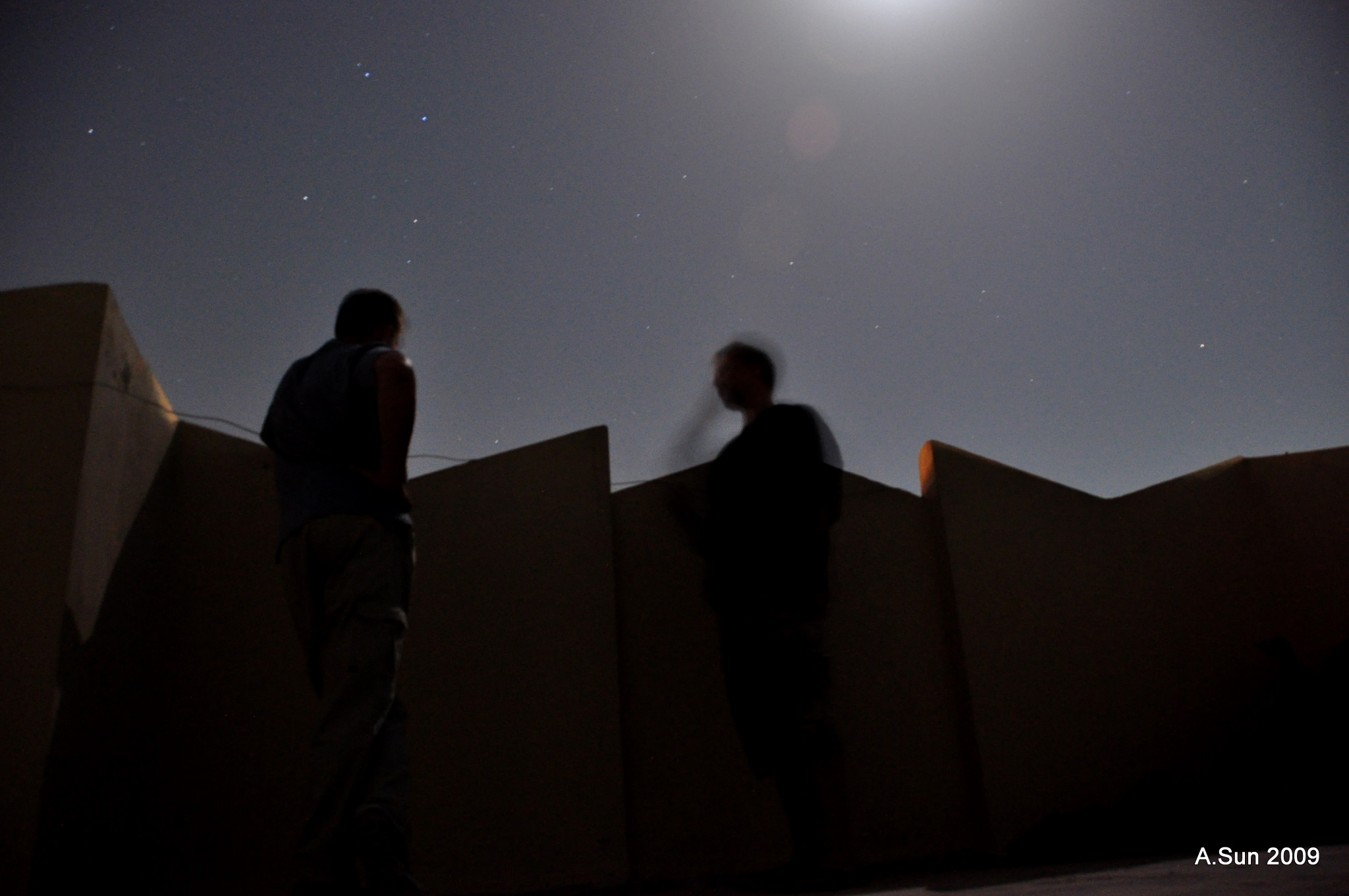
I was able to spend last weekend in Kandahar with a couple of my counterparts one a former Canadian soldier with extensive combat time in Kandahar Province and the other a South African who has over five years in country. These guys are very good and as they operate in and around Kandahar daily prefer to remain anonymous. Working these areas takes a certain type of skill which can only be learned through experience on the ground. Our boss had invited a photographer to come along with us and document the Kandahar projects. Regular readers of FRI will be shocked to learn that photographer was none other the Amy Sun the MIT FABLAB coordinator who seems to have talked to boss into supporting a FabLab extension into the contested areas. Visiting a project site in Kandahar with a female photographer is a no-go Kandahar is distinctly different kind of place where religious fundamentalism still thrives (that is not the case in most of the country.) So my two hosts dressed Amy in boys Shalwar Kamiz and covered her face with a turban. She looked just like the teen-aged Hazara bartender we had at the Global House back in 2005. That kid made the best gin and tonics I’ve ever tasted a skill not taught to MIT PhD a type which, of course, limits their utility in a pinch. We needed three vehicles with close in medium and long security to accomplish the photo shoot but you would have never spotted all three vehicles at the work sites even if you knew to look for them. We drive slowly in local garb using old well maintained vehicles. We never have exposed weapons all rifles remain with the long security team. We do not fool anyone once we leave the vehicles but that is not the point avoiding detection while moving through the city is our goal and my colleagues have that down to a science.
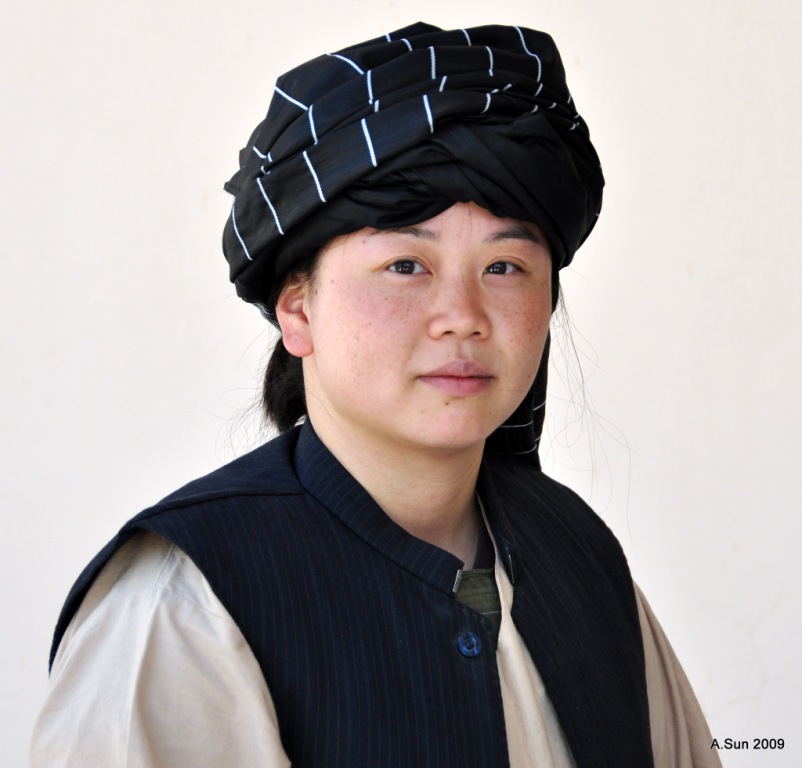
Our projects are designed to prove that regional aid programs can be run with speed and efficiency using the very competent local talent we have developed over the previous seven years.This is the first step in what I believe to be the only rational way forward.The next step would be to combine our project teams with small units of infantry and allow these teams to operate out of fortified villas.The aid community has been doing that since day one and this is the only way to provide the presence, security, and demonstration of commitment needed to move the population towards our side.Our current Counterinsurgency (COIN) doctrine is very specific on this point but our current deployment on the ground is mostly inside big box FOB’s.
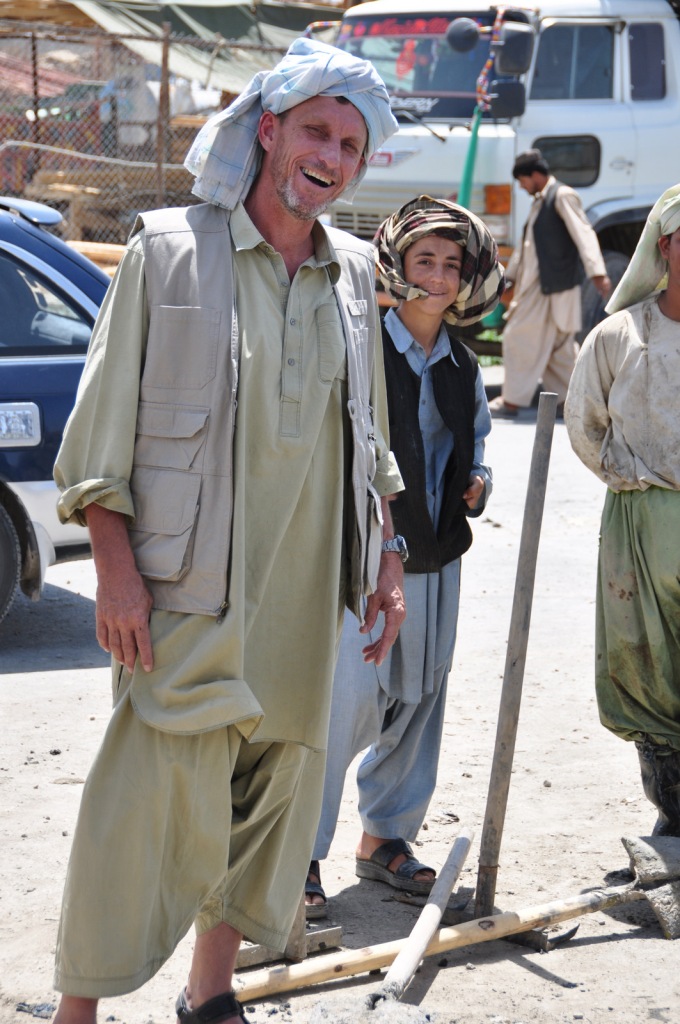
While in Kandahar I was able to pay a brief visit to my old friend Col Duffy White who leads the Marines Special Purpose Task Force in Afghanistan. He was having an out brief with LtCol Dave Odom Commanding Officer of the 3rd Battalion 8th Marines. 3/8 has done a superb job during their time establishing a record clearly marking of them as one the best combat battalions the Marines have ever had. I knew Dave as a lieutenant at the Infantry Officer Course where it was my good fortune to be an instructor. He was a standout then and has developed into one of more capable commanders of his generation. That is saying something because the Marines have consistently fielded capable combat leaders throughout the opening stages of this long war. Being a knucklehead I didn’t have a camera with me it was so gratifying to see such good friends doing so well after all these years. With luck I’ll be able to go down to Kandahar again soon and have some time to spend talking about how the Marines view their Afghan mission.
I also had the good luck to run into Mathew DuPee the Program for Culture and Conflict Studies at the Naval Postgraduate School. We had corresponded for months but never met each other. His program has an excellent human terrain website on Afghanistan which can be found here.
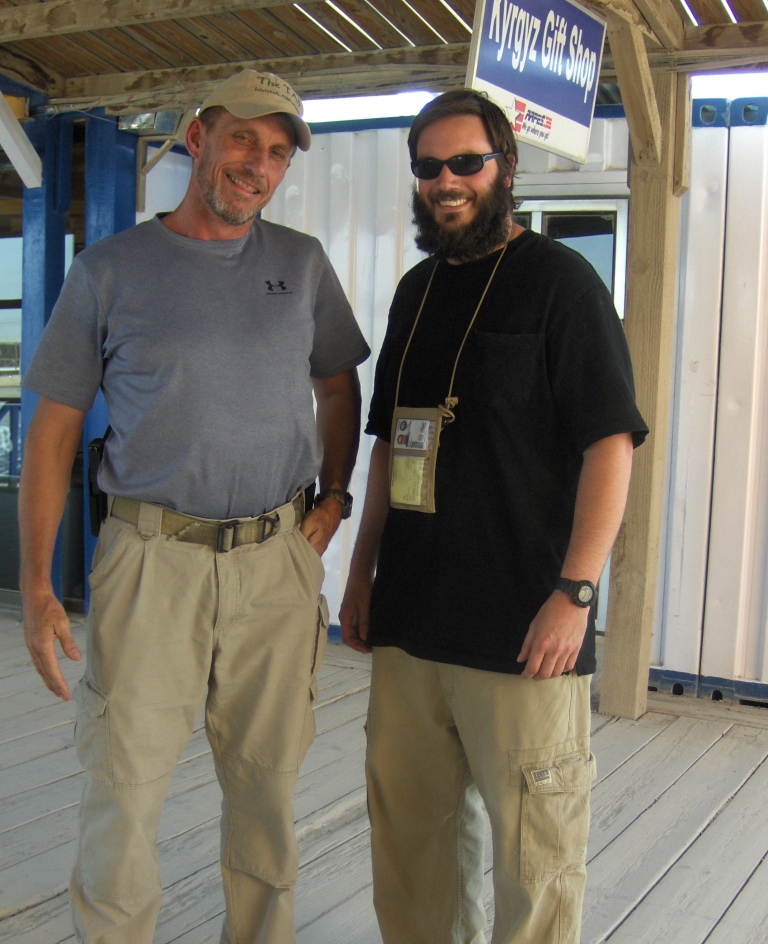
One aspect of the current thinking on Afghanistan which seems to me to be missing is the fact that current financial expenditures cannot be sustained indefinitely.We are pouring more soldiers into the country but only a very few will have any impact on our ability to bring security and reconstruction to the people.We have too large of a tail to tooth ratio; when you send troops in country you have to feed and house them and right now every gram of food consumed by our respective militaries is flown into the country from a far.We are trying to tell the Afghans to stop growing poppy and instead grow fruits and vegetables for export but we won’t even buy the stuff they grow to feed our troops.This ungodly expensive logistical tail which is tenuous at best as it most of it runs through Pakistan -can be trimmed fast by movingthe combat troops off post and allowing them to be housed and fed on the local economy.While at it a good idea would be to send most of the 40 something additional members of the ISAF collation home.They can’t fight, they cannot support themselves, they stay mostly behind the wire, and they are not the right kind of troops to have roaming around the country side in a counter insurgency.
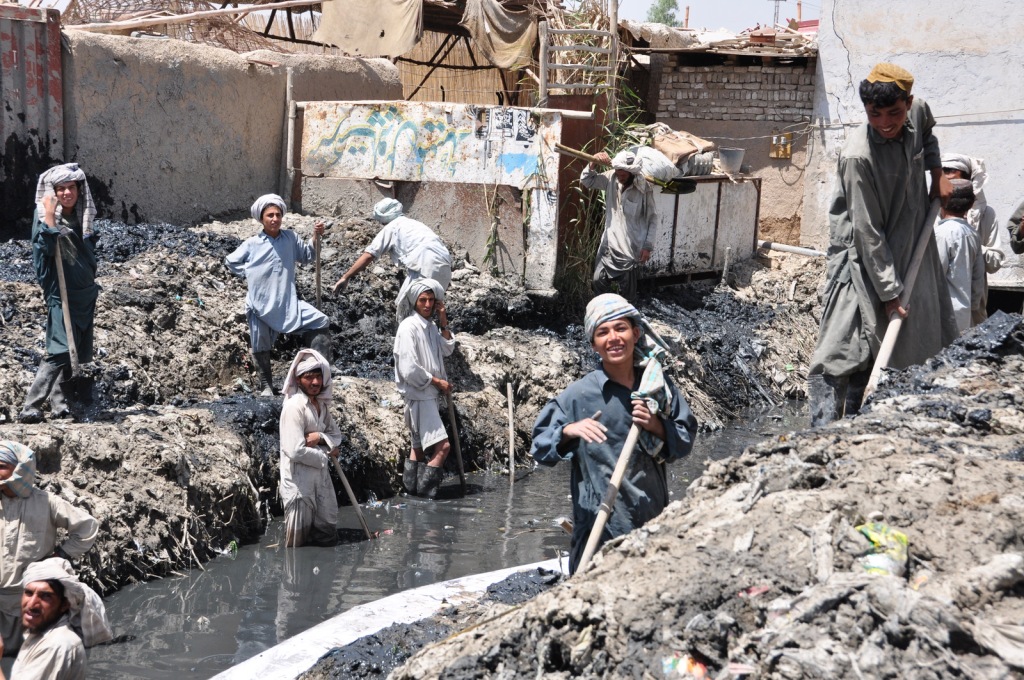
A functional civilian-military team needs to be built around a solid infantry squad with attached Afghans and armed aid implementation contractors.The Afghans and contractors are required to provide expertise and continuity.But here is the thing the Afghans have to be as motivated as the current Afghan Army Commandos which requires daily mentorship and increased pay.One of the main reasons the Afghan Commandos are so good is that they train, fight and live with their American SF trainers and the bonds established through shared hardship and the rigors of war.The Afghan troops selected, screened and trained for this type of duty could be every bit as formidable if they are treated and paid properly.
I have no idea how our campaign in Afghanistan will end but one is certain and that is we are going to change how we approach both fighting the enemy and in implementing aid. Insallah a system similar to the one I envision will be tried. It would cut costs, cut casualties, and demonstrate to the average Afghan living in contested areas our commitment to providing security.
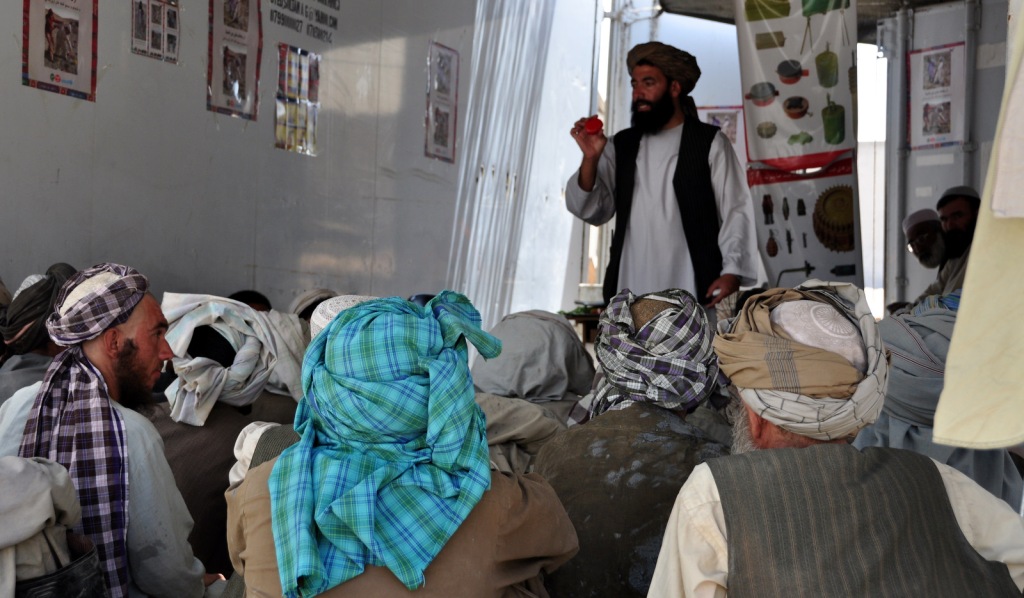



Tim,
I wanted to challenge you on the point of eating local food. I think it’s a good idea, but can you address the following concerns?
Lets forget the fact that there are some really big, really influential companies that have tied up huge contracts for the supplies. Besides that, how would you be able to assure availability of raw materials, quality control and potential for the militants to poison the food?
Also, a big problem is that when you suddenly have 43,000 more people to feed the cost of food goes up because the local farmers/producers can charge a premium due to the demand. This wouldn’t really effect the coalition forces, but could do a lot of damage to the buying power of the locals. This problem was evident a year or two ago when the price of flour and rice went up due to foreign market demands. Growers were trekking over to Pakistan to sell their goods for more money and it was causing food shortages in Afghanistan.
Cheers!
Russ
Man, I read your posts and I just want to jump up and down and point and shout, “You have GOT to read THIS!”
If anyone at State had the sense God gave a rabbit, they would be trying to get you to run stuff like this all over the country. Sadly, gerbils appear to be the order of the day. Good news for you; bad news for Afghanistan.
Outstanding post and I am cheering you guys on. This is totally a proof of concept, and I hope it only grows. Now the thing I would be interested in is it’s scalability. Can you train others to do what you are doing? Can you expand the program, and still insure that a quality service is being given? Because if so, I am sure we could get some folks for you guys, and throttle this machine of yours to full power. Outstanding stuff, and I hope it becomes a force unto itself.
Also, I really like the idea of aid worker combined with security contractor. How many contracts do guys do out there, where they protect some FOB and they never get outside the wire to mix it up with the locals? Most security contracts involve being isolated at camps, with very little interaction with non-security type locals. I see this in Iraq, and I am sure Afghanistan is the same within the contracting community. Yeah, convoys and PSD stuff is cool, but the kind of work you guys are doing is hands on/working with the locals/making a difference/while having the ability to protect self and others. To have the freedom to move around, and really connect with folks is pretty damn cool if you ask me.
S/F -matt
Which regiment did your Canuckastani friend hail from? RCR or Princess Pats? Obviously he’s turned you onto the double doubles at KAF.
I’ve been reading a lot about COIN and its creation. What I find is a big gap in understanding between what COIN is, and the perception of soldier and wars held by the public-at-large. A part of me feels as though we’re (the public) still very much tied to the notion of the John Wayne archetype manufactured by Hollywood, as well as the other extreme, that of academics who still hold true to the post Vietnam construct of soldiers and war.
I think, both are hurdles that someone like me have to clear. It’s almost as if I say, “Okay, enough. Now, let me put those aside and figure out what works. What’s the reality on the ground? How do we reach out to people on another side?”
Anyway, keep writing. I’m reading and learning.